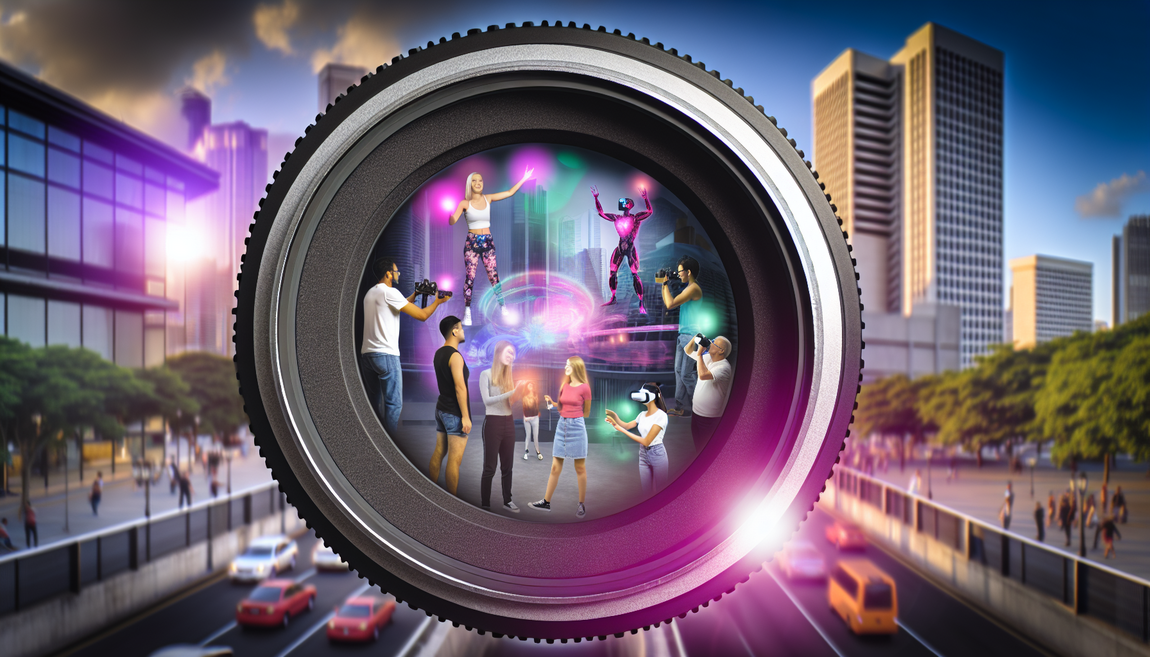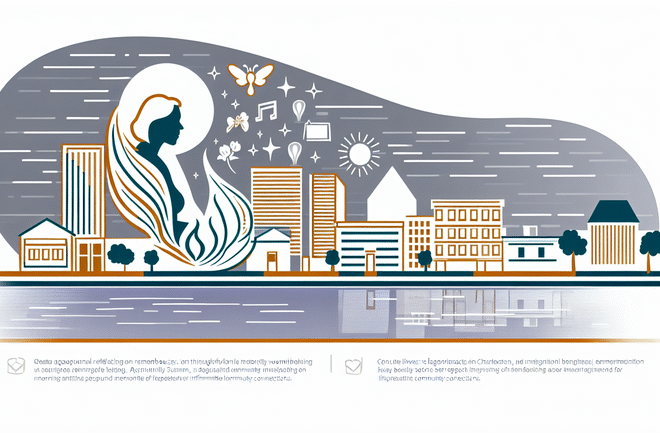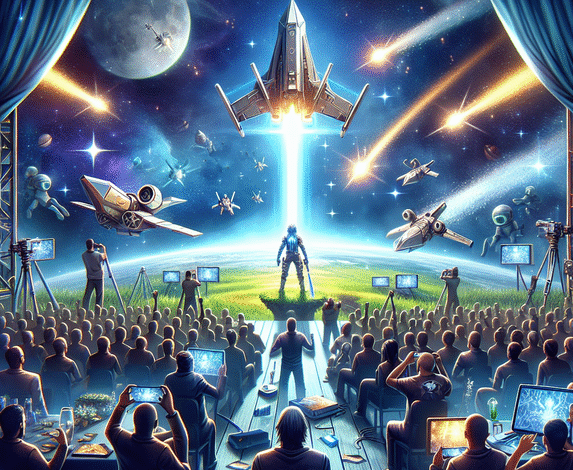
Exploring Extended Reality: Technologies, Applications, Challenges, And Future Prospects
“`html
Introduction to Extended Reality: Understanding XR and Its Scope
Extended Reality (XR) is an umbrella term that encompasses Virtual Reality (VR), Augmented Reality (AR), and Mixed Reality (MR), technologies that redefine how users interact with the digital and physical worlds. The significance of XR technologies continues to grow across various sectors. In education, for instance, immersive experiences through VR can enhance learning by providing access to virtual classrooms and historical recreations. In healthcare, XR applications are being utilized for surgical simulations and patient engagement, improving treatment outcomes. Additionally, the entertainment industry has been transformed with immersive gaming and storytelling experiences, while businesses leverage XR for training and remote collaboration. The ongoing advancements and applications of XR signify its pivotal role in shaping how we visualize experiences, paving the way for more interactive, engaging, and effective interactions within an increasingly digital landscape [Source: Neurosynap].
Current Technologies Driving XR: VR, AR, and MR Explained
Virtual Reality (VR) immerses users in a completely digital environment, created using sophisticated software and hardware like VR headsets. The technology relies on realistic 3D graphics, sound, and physical feedback to engage users and can simulate experiences ranging from gaming to virtual tourism. Prominent VR devices include the Oculus Quest 2 and HTC Vive, which utilize motion tracking to enhance interactivity and realism. Notably, VR has found applications in education, with platforms allowing students to explore historical sites or conduct science experiments in a controlled, virtual setting [Source: Neurosynap].
Augmented Reality (AR) overlays digital information onto the real world, enhancing the user’s perception of their environment. AR is commonly accessed through smartphones and dedicated AR glasses, such as Microsoft HoloLens. Applications of AR span industries including retail, where customers can visualize products in their home before purchasing, and healthcare, where it assists in complex surgical procedures by providing surgeons with real-time data [Source: Forbes].
Mixed Reality (MR) combines elements of both VR and AR, allowing users to interact with both real-world and virtual objects in real-time. This technology uses advanced sensors and displays to seamlessly blend physical environments with digital content. MR can be particularly valuable in collaborative settings, such as in design and engineering, where teams can visualize their projects in a shared space regardless of their physical location. Devices like the Magic Leap 1 showcase MR’s potential by allowing interactive experiences that depend on spatial awareness [Source: Wired].
In summary, each technology within XR—VR, AR, and MR—offers unique characteristics and capabilities, fundamentally transforming how we interact with digital content. Advances in processing power, display technology, and software development continue to push the boundaries of these technologies. For more insights into emerging technologies, explore our article on the ethics of emerging technologies.
Applications of Extended Reality in Various Industries
The applications of Extended Reality (XR) are vast and diverse, penetrating various industries to enhance their operational effectiveness. In education, XR enhances learning experiences by providing immersive environments that allow students to engage with complex subjects interactively. In healthcare, XR technologies are utilized for creating simulations for surgical training and improving patient engagement [Source: Neurosynap]. The gaming industry has also seen a revolution with XR, where players have the opportunity to interact with digital elements in physically tangible ways. Additionally, businesses are leveraging XR for training programs, making processes more efficient and effective.
Challenges and Future Prospects of Extended Reality
The adoption and development of Extended Reality (XR) technologies face several significant challenges. Firstly, technical limitations include issues with hardware performance, battery life, and user interface design. High-quality XR experiences demand powerful graphics and processing capabilities, often exceeding current consumer device capabilities, making them expensive and less accessible [Source: Neurosynap].
Ethical concerns also play a critical role. Issues surrounding privacy, data security, and the potential for addiction are at the forefront. XR can track user movements and interactions but raises questions about how this data is collected, used, and protected [Source: Neurosynap]. Moreover, concerns about the potential for immersive technologies to create environments that can mislead users or promote harmful behaviors are significant.
On the regulatory front, there is a notable lack of established frameworks governing the use of XR technologies. As these technologies evolve, regulations must adapt to protect users while still fostering innovation [Source: Neurosynap]. Looking towards the future, key trends in XR include advancements in hardware and software that enhance user experiences through improved visuals and interactivity. With the rise of 5G technology, XR applications will benefit from faster data transmission, reducing latency and improving the user experience. Another significant trend is the emergence of cross-platform XR experiences, enabling users to access content across multiple devices seamlessly [Source: Neurosynap].
In summary, while XR technologies face substantial challenges in their adoption due to technical, ethical, and regulatory hurdles, the future looks promising as innovations continue to emerge, paving the way for more engaging and accessible experiences.
How to Get Started with Extended Reality: Tools and Resources
A beginner’s guide to getting started with Extended Reality (XR) involves understanding the necessary tools and resources. Key software platforms such as Unity and Unreal Engine are foundational for developing XR applications, providing extensive documentation and community support. For 3D modeling, consider using Blender, a popular open-source tool that integrates seamlessly into XR workflows.
On the hardware side, devices like the Oculus Quest 2 and the HTC Vive offer immersive experiences essential for testing and experiencing XR applications. To expand your knowledge, online learning platforms such as Coursera and Udemy provide structured courses focused on various aspects of XR development. Engaging with communities is also crucial; platforms like Reddit’s r/VRdev and dedicated Discord servers offer ample opportunities for support and networking among fellow XR enthusiasts.
Sources
- Forbes – The Best Augmented Reality Examples For 2023
- Neurosynap – The Ethics of Emerging Technologies
- Neurosynap – Capturing the World With Your Smartphone
- Neurosynap – Essential Techniques for Winning at Chess
- Neurosynap – Advancements in Aerospace Technology
- Neurosynap – Exploring the World of Games and Gaming
- Wired – Mixed Reality Magic Leap 1 Review
“`









